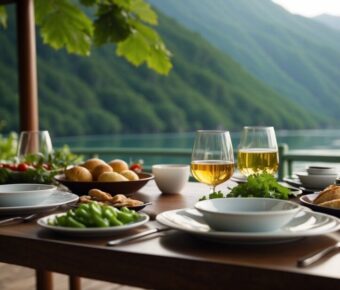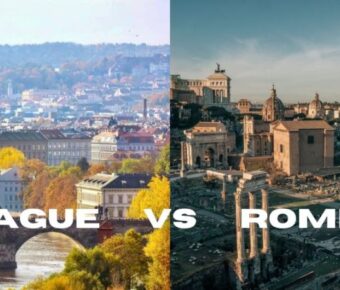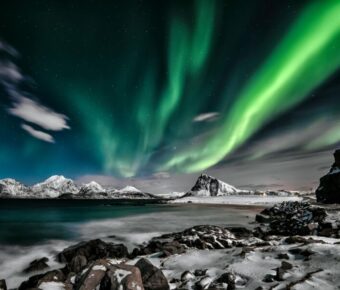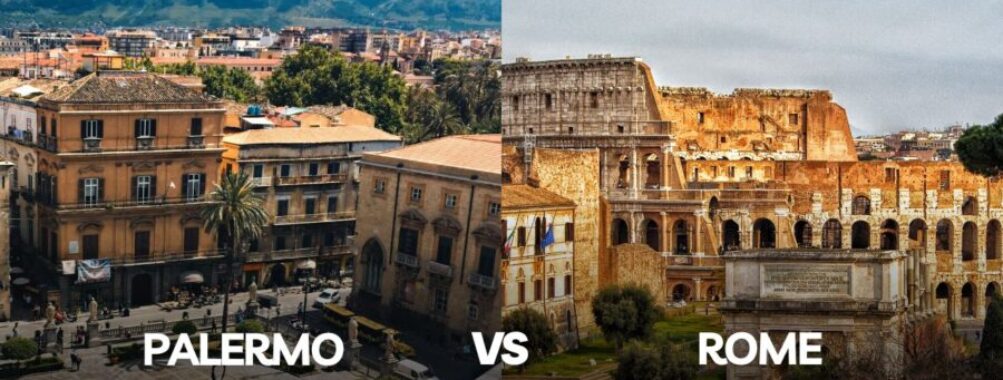
Palermo vs Rome: 7 Key Differences That Will Shape Your Italian Adventure
Choosing between Rome and Palermo presents travelers with two distinct Italian experiences. Rome offers iconic attractions like the Colosseum and Vatican City, typically needing 3-7 days to explore. Meanwhile, Palermo’s compact historic center can be discovered in 1-3 days with its unique blend of Norman, Arab, and Byzantine influences.
Life moves gentler in Sicily’s capital city of Palermo, where visitors spend less on everything from meals to hotels—about 24% less than in Rome. The smaller city charms tourists with its street markets, puppet theaters, and incredible street food scene, which feels worlds away from Rome’s bustling crowds.
These two cities showcase different sides of Italian culture. Rome dazzles with its ancient ruins and Renaissance masterpieces, while Palermo reveals Italy’s more exotic heritage through its multicultural architecture and traditions. Each offers an entirely different taste of what makes Italy special.
Table of Contents
- Geographic and Historical Comparison
- Cultural Insights
- Architectural Marvels
- Local Cuisine Introduction
- Music and Nightlife
- Festivals and Events
- Top Attractions and Activities
- Beaches and Coastal Areas
- Museums and Galleries
- Outdoor and Nature
- Shopping and Markets
- Food and Dining
- Iconic Dishes
- Desserts and Sweets
- Restaurants and Eateries
- Street Food and Snacks
- Practical Travel Information
- Accommodation and Housing
- Transportation and Mobility
- Budgeting and Expenses
- Safety and Emergency Services
- Unique Experiences and Hidden Gems
- Online Resources and Tools
- Frequently Asked Questions
- What are the differences in the cost of living between Palermo and Rome?
- When traveling to Italy, is Palermo worth including in the itinerary?
- How does the cultural experience in Palermo contrast with that of Rome?
- In terms of travel expenses, how do Palermo and Rome compare?
- Can one expect significant weather differences between Palermo and Rome?
- What are the unique historical attractions in Palermo compared to those in Rome?
- Book Your Dream Experience
- More Travel Guides
Geographic and Historical Comparison

Rome and Palermo have quite different geographic settings that shaped their development. Rome sits inland on seven famous hills beside the Tiber River. The city began as a small settlement that grew into the mighty capital of an empire spanning three continents.
Palermo hugs Sicily’s northern coast, nestled in a valley known as the Conca d’Oro (Golden Shell). The city’s natural harbor made it a prime spot for ancient seafaring peoples like the Phoenicians and Greeks, who established trading posts here.
Both cities showcase remarkable layers of history spanning thousands of years. Rome’s ancient core features iconic sites like the Colosseum and Roman Forum, which display the grandeur of Imperial Rome. Ancient bridges still cross the Tiber, connecting historic neighborhoods.
Palermo’s strategic position in the Mediterranean has shaped its cultural heritage. Its influences range from Greek temples and Arab architecture to Norman palaces. The mix of styles shows how the city changed hands between different civilizations.
Fun geographic fact: While Rome spreads across its seven hills, Palermo is surrounded by mountains on three sides. This created two different urban layouts – Rome expanded outward in all directions, while Palermo grew mainly along its coastline.
The Mediterranean climate shapes both cities, but Palermo’s island location brings milder winters and more humid summers than Rome. The warm weather and coastal setting make Palermo feel more laid-back than the bustling Roman capital.
Cultural Insights
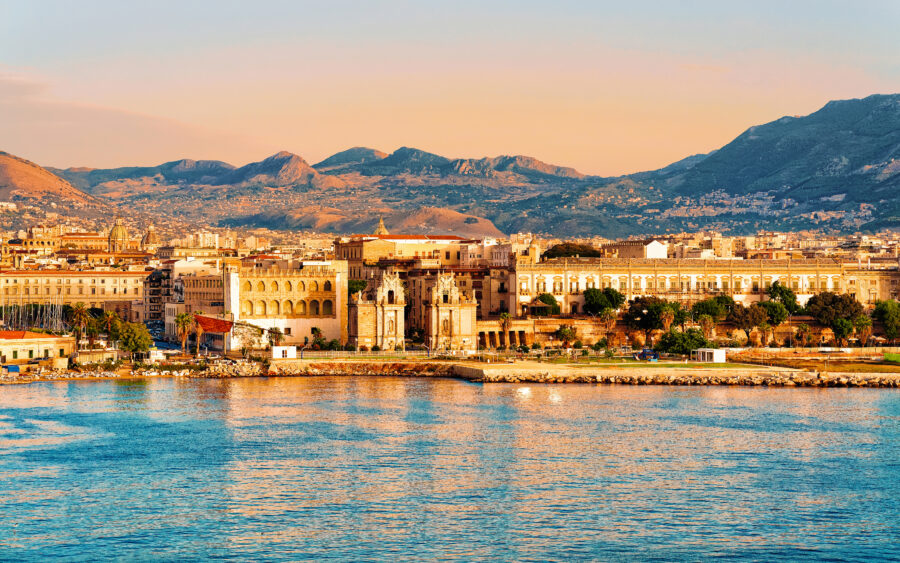
Rome and Palermo offer distinct cultural experiences shaped by centuries of different influences. While Rome reflects classical grandeur and Renaissance splendor, Palermo uniquely blends Arab, Norman, and Mediterranean heritage.
Architectural Marvels
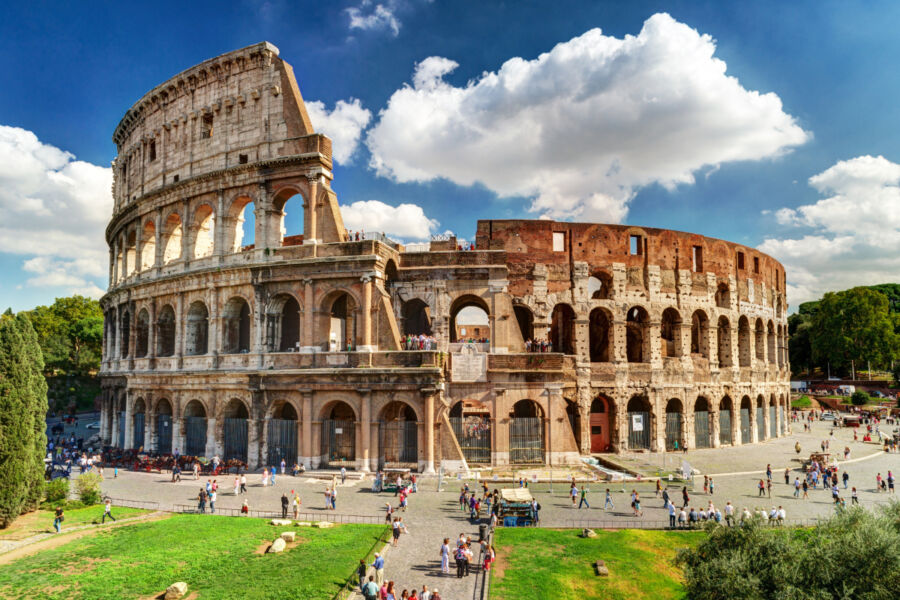
Rome’s architecture showcases ancient Roman engineering with the Colosseum and Roman Forum taking center stage. The city’s streets mix Renaissance palaces with Baroque fountains and churches.
Palermo’s buildings tell a different story. The Norman Palace is Europe’s oldest royal residence, while the Cappella Palatina dazzles visitors with its golden Byzantine mosaics and Arab-inspired decorations.
Each city’s churches reflect their unique histories. Rome’s churches display Renaissance art and papal influence. Meanwhile, Palermo’s cathedrals mix Norman, Arab, and Byzantine styles – seen in the stunning Cathedral of Palermo with its mix of architectural periods.
Local Cuisine Introduction
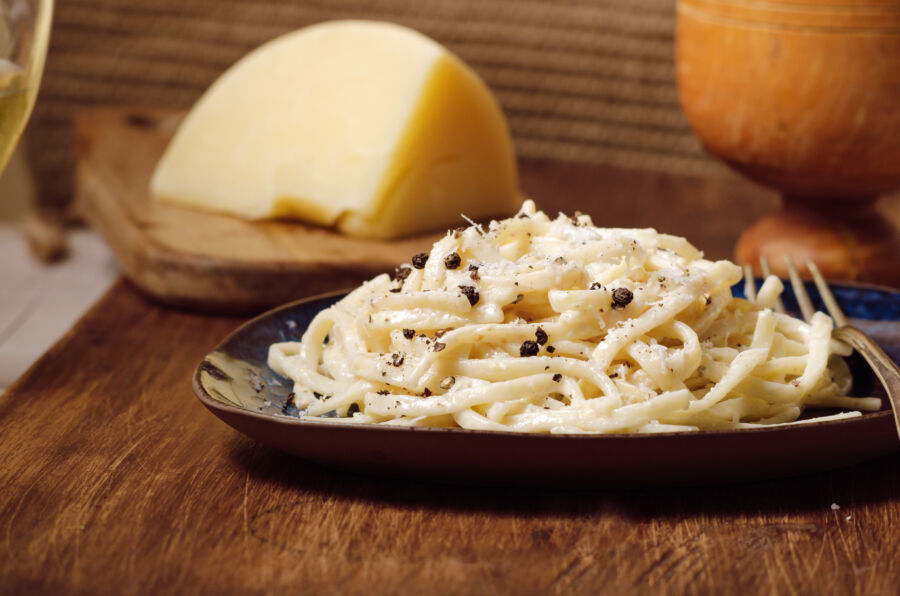
Rome’s food scene centers on classic pasta dishes like carbonara and cacio e pepe. Street food includes supplì (rice balls) and thin-crust Roman pizza.
Palermo leads Sicily’s food culture with unique Arab-influenced dishes. Arancini (stuffed rice balls) and pasta alla Norma (eggplant pasta) are local favorites.
Food markets differ too. Rome’s Campo de Fiori offers produce and flowers. Meanwhile, Palermo’s vibrant street markets like Ballarò and Vucciria burst with exotic spices, fresh seafood, and local specialties.
Music and Nightlife

Rome’s nightlife centers on the Trastevere and Testaccio districts. Jazz clubs, wine bars, and modern clubs mix with traditional music venues.
Palermo’s evening scene starts late and goes until morning. The Vucciria area transforms from market to party zone at night.
Live music fills both cities. Rome features classical concerts in historic venues. Palermo offers folk music in squares and modern beats in beach clubs.
Festivals and Events
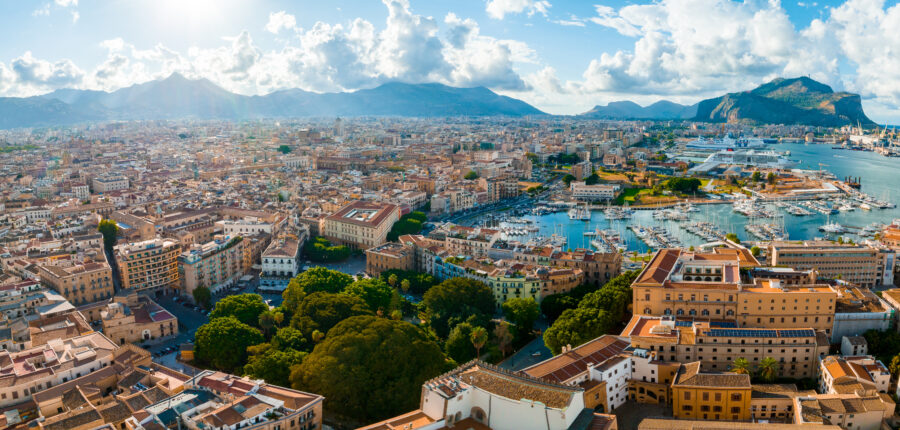
Rome celebrates religious festivals like Easter with papal ceremonies. Cultural events include Roma Estate (summer festival) and film festivals.
Palermo’s festival calendar mixes religious and cultural celebrations. Saint Rosalia’s Feast in July brings city-wide parties and processions.
Food festivals highlight local specialties. Rome hosts wine tastings and food events year-round. Meanwhile, Palermo celebrates with street food festivals and seasonal harvest celebrations. The cities mark holidays differently, with Rome focusing on Catholic traditions and Palermo’s festivals showing Muslim, Norman, and Catholic influences.
See Related: Palermo vs Florence: Ultimate Italy Showdown – Which Hidden Gem Should You Visit?
Top Attractions and Activities

Rome and Palermo offer incredible sights and activities, from ancient ruins to bustling markets. Each city has its distinct character shaped by thousands of years of history and culture.
Beaches and Coastal Areas
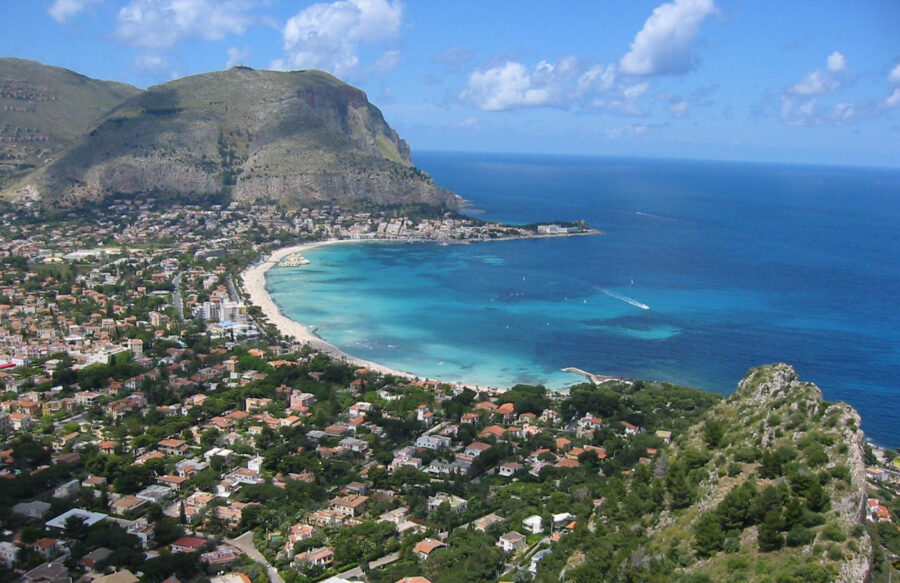
Palermo’s coastline sparkles with pristine Mediterranean beaches. Mondello Beach stands out with its white sand and crystal-clear waters, just 20 minutes from the city center. The beach features colorful changing cabins and Art Nouveau buildings that add charm to the scenery.
Capo Gallo Nature Reserve provides excellent snorkeling spots and hidden coves. The rocky cliffs and turquoise waters make it perfect for nature photographers and adventure seekers.
Rome’s beaches lie about 30 minutes away in Ostia. The dark sand beaches stretch for miles, lined with beach clubs and restaurants. Frequent trains make it easy to escape the city heat.
Museums and Galleries
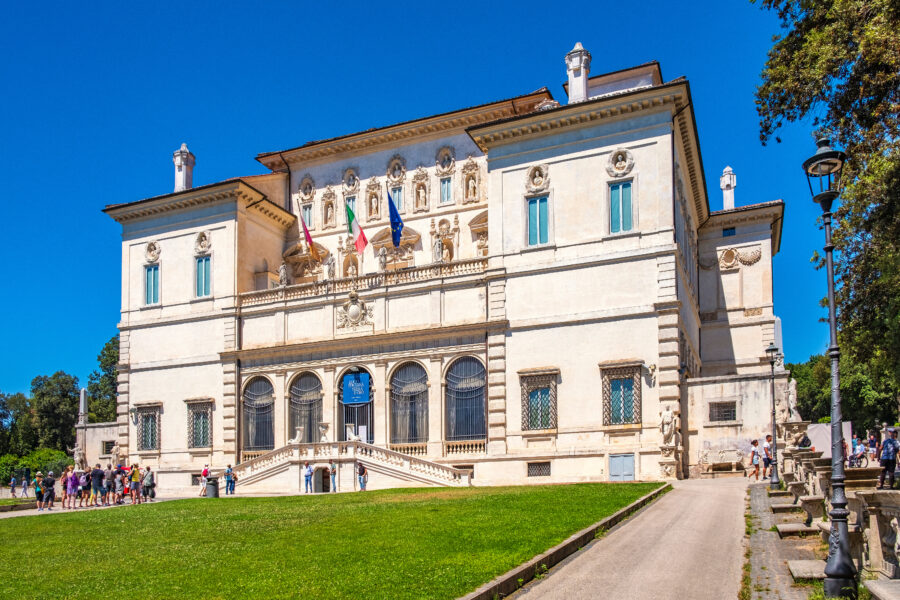
The Vatican Museums in Rome house one of the world’s largest art collections. The Sistine Chapel’s famous ceiling draws millions yearly. The Galleria Borghese showcases masterpieces by Bernini and Caravaggio in a stunning villa setting.
Palermo’s Regional Archaeological Museum Antonio Salinas displays ancient Greek and Roman artifacts. Its collection ranks among Italy’s finest. The rooms showcase Sicily’s rich history through pottery, sculptures, and temple decorations.
The Gallery of Modern Art in Palermo occupies a restored convent. It features Sicilian artists alongside international works from the 1800s to today.
Outdoor and Nature
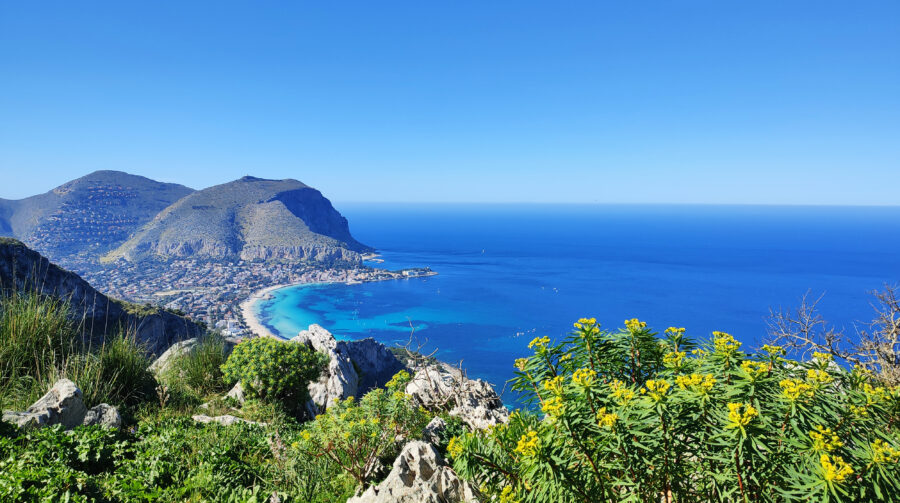
Rome’s Villa Borghese gardens offer 198 acres of green space. Visitors can rent bikes, row boats on the lake, or visit the zoo. The park provides fantastic views of the city from the Pincio terrace.
Mount Pellegrino towers over Palermo, offering hiking trails and panoramic views. The mountain’s slopes contain hidden caves and rare plants, and rock climbers love the challenging limestone cliffs.
The Addaura caves near Palermo contain prehistoric rock art. Guided tours explain the ancient drawings’ significance.
Shopping and Markets
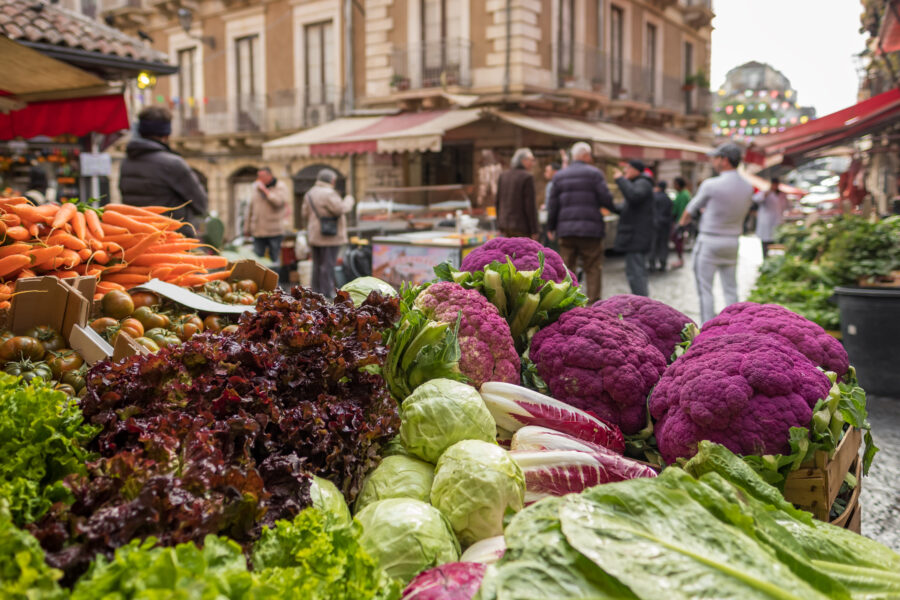
Palermo’s markets burst with energy and local flavor. Ballaro Market sells fresh produce, spices, and street food. Vendors call out their deals while grilling fresh seafood and regional specialties.
The Vucciria Market comes alive at night. Food stalls serve traditional dishes like pani ca meusa (spleen sandwiches) alongside modern street food.
Rome’s Via del Corso stretches for a mile and houses shops ranging from luxury brands to local boutiques. The nearby Via Condotti houses designer flagship stores.
The Campo de Fiori market in Rome displays pyramids of fresh produce each morning. Local vendors sell pasta, olive oil, and flowers beneath colorful umbrellas.
Food and Dining
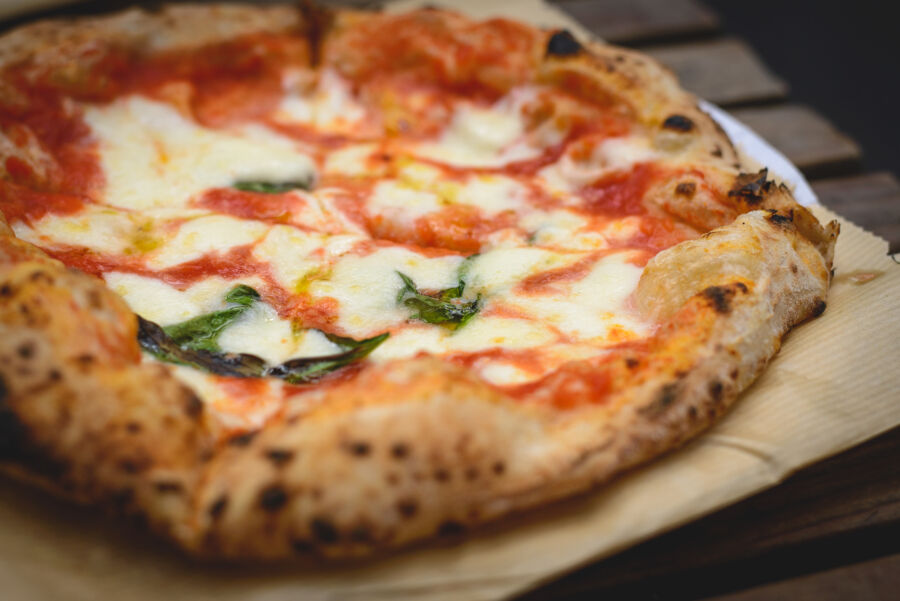
Rome and Palermo offer distinct culinary experiences showcasing the best Italian cuisine. Restaurant prices in Rome are about 20% higher than in Palermo, but both cities deliver incredible food traditions shaped by centuries of cultural influences.
Iconic Dishes
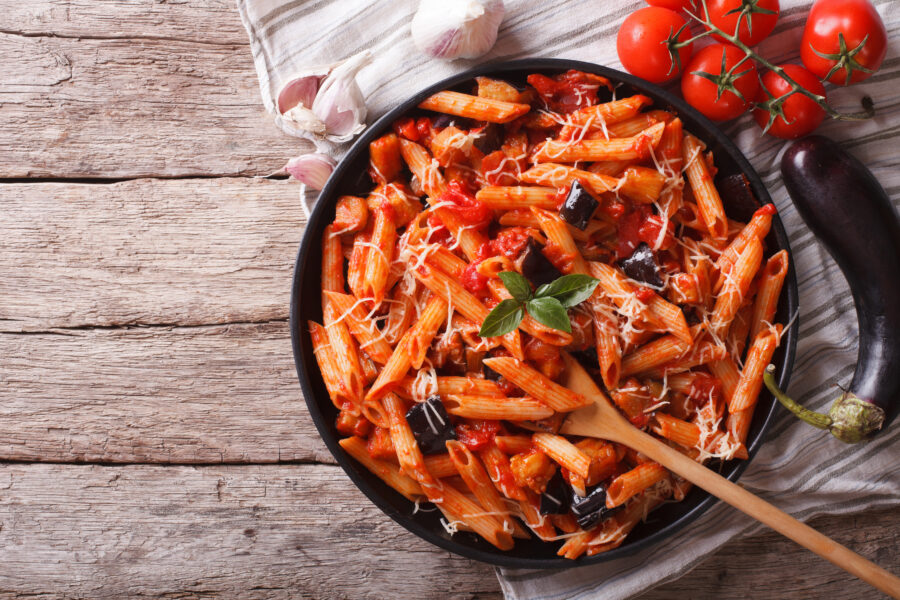
Rome shines with its classic pasta dishes, such as carbonara, cacio e pepe, and amatriciana. These simple yet flavorful combinations highlight local ingredients like pecorino romano cheese and guanciale.
Palermo’s signature dish is pasta alla norma, made with eggplant, tomatoes, and ricotta salata. The city’s Arab-influenced cuisine features sardines, swordfish, and the famous arancini – crispy rice balls stuffed with meat ragu, mozzarella, or pistachios.
Desserts and Sweets
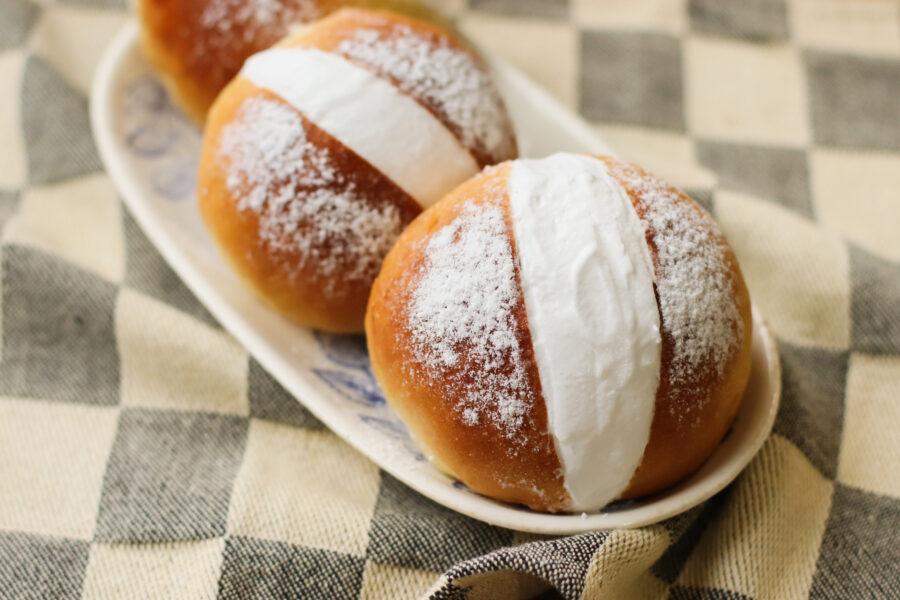
Palermo’s pastry shops overflow with Sicilian treats. The city’s cannoli – crispy shells filled with sweet ricotta – are considered Italy’s finest. Granita, a semi-frozen dessert, comes in flavors like almond, coffee, and lemon.
Roman desserts lean toward simple classics like maritozzi – sweet buns filled with whipped cream. Both cities serve excellent gelato, with Rome’s shops often featuring creative modern flavors while Palermo sticks to traditional options.
Restaurants and Eateries
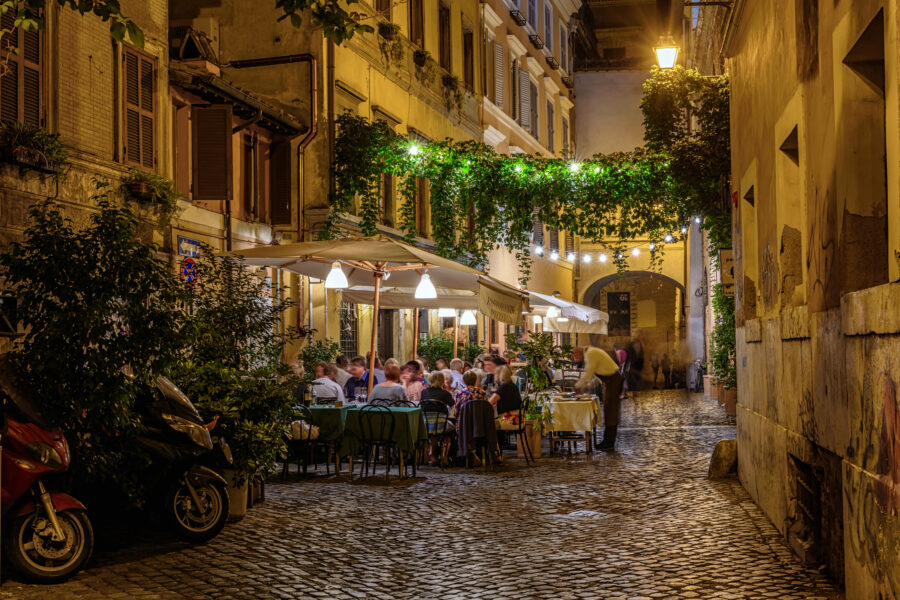
Rome’s dining scene ranges from casual trattorias to Michelin-starred restaurants. The Trastevere and Testaccio neighborhoods house many authentic spots serving Roman classics.
Palermo’s restaurants tend to be more casual and family-run. The Vucciria and Ballarò areas offer authentic Sicilian cooking at lower prices than in Rome. Many eateries in both cities are still closed for afternoon riposo between lunch and dinner.
Street Food and Snacks
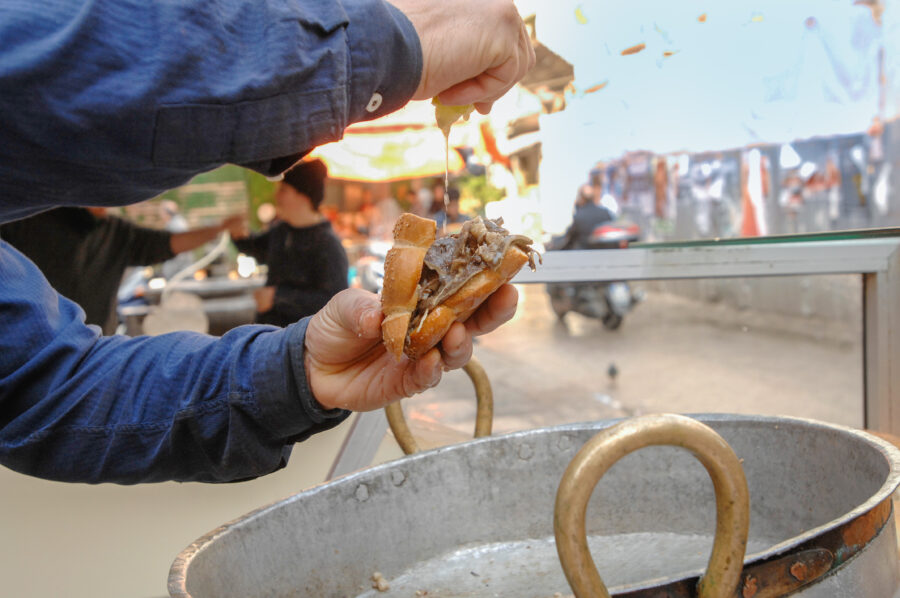
Palermo ranks among Europe’s top street food cities. Popular snacks include pane ca meusa (spleen sandwiches), sfincione (thick Sicilian pizza), and arancini at street carts and markets.
Rome’s street food culture centers around suppli (rice balls), pizza al taglio (pizza by the slice), and trapizzini (stuffed pizza pockets). Food trucks and stands near major attractions serve quick bites throughout the day.
Small shops called rosticcerie in both cities offer ready-made items perfect for a quick lunch or snack. These spots often have the best value compared to sit-down restaurants.
See Related: Rome vs Paris: Which European Capital Steals Your Heart?
Practical Travel Information

Rome and Palermo have distinct costs, transportation systems, and safety considerations that can impact your trip. Prices vary between the cities, with Rome being about 31% more expensive for daily expenses.
Accommodation and Housing
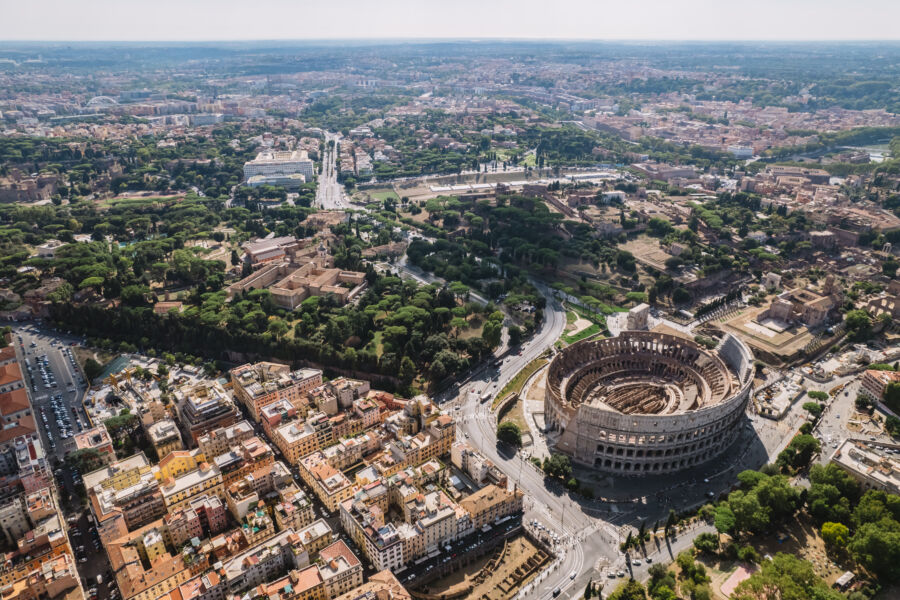
Rental costs differ significantly between these cities. A one-bedroom apartment in Rome’s city center costs around €1,200 monthly, while similar units in Palermo average €600.
Hotels in Rome range from €80-300 per night depending on location and luxury level. Palermo’s hotels typically cost €50-200 per night.
Budget travelers can find hostels starting at €25 in Rome and €20 in Palermo. Both cities offer plenty of Airbnb options.
Location matters a lot in both cities. Stay near Roma Termini in Rome for easy transport connections. In Palermo, the historic center near Teatro Massimo provides good access to attractions.
Transportation and Mobility

Rome’s public transit includes buses, trams, and three metro lines. Single tickets cost €1.50 and are valid for 100 minutes.
Palermo relies mainly on buses and a limited tram system. Single tickets cost €1.40 and last 90 minutes.
Taxis start at €3 in both cities. Rome charges about €1.60 per kilometer, while Palermo charges €1.30.
Walking works well in both historic centers. Rome has more hills and spread-out attractions. Meanwhile, Palermo’s main sights cluster closer together.
Budgeting and Expenses
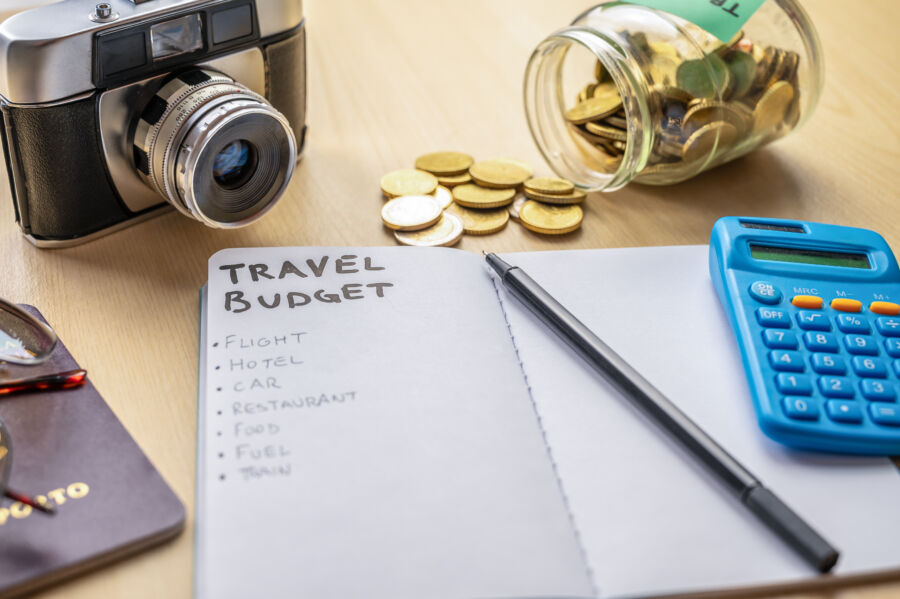
For mid-range travelers, daily costs in Rome average €150-200. Palermo costs about €100-150 daily.
Basic groceries cost less in Palermo:
- Bread: €1.50 vs €2 in Rome
- Dozen eggs: €2.80 vs €3.20 in Rome
- Restaurant meals: €12-25 vs €15-35 in Rome
Tourist attractions like the Palatine Chapel (€12) in Palermo tend to cost less than Rome’s major sites like the Colosseum (€16).
Safety and Emergency Services

Both cities maintain tourist police units that speak English. Call 112 for emergencies anywhere in Italy.
Rome sees more tourist-targeted scams and pickpocketing, especially near major attractions. Keep valuables secure and watch for distraction tactics.
Although Palermo’s crime rates have dropped recently, stay alert in busy areas like markets and train stations.
Public hospitals provide reasonable care in both cities. Keep your European Health Insurance Card or travel insurance handy.
Unique Experiences and Hidden Gems

Rome and Palermo both offer secret spots that most tourists never find. The charming Trastevere neighborhood in Rome stands out with its cobblestone streets and tiny wine bars. Local families still hang their laundry between buildings here, creating a truly authentic Italian scene.
Palermo reveals its secrets in places like the Orto Botanico, a peaceful botanical garden where you can escape the city noise. The garden’s exotic plants and ancient trees feel like entering another world.
Hidden Gems in Rome:
- Santa Cecilia church’s underground crypt
- The secret Aventine Keyhole view of St. Peter’s
- Cat sanctuary at Torre Argentina
- Hidden speakeasies in the Monti district
Hidden Gems in Palermo:
- Capuchin Catacombs
- Vucciria night market
- Hidden Norman chapels
- Secret courtyards of noble palaces
Food lovers should try Rome’s local pasta alla gricia in tiny family-run trattorias. In Palermo, the street food scene comes alive at night – try the pani ca meusa from vendors who know your name after just one visit.
The best spots for swimming differ, too. Near Rome, head to the clear waters of Santa Marinella. Palermo offers excellent snorkeling at Mondello Beach, where tiny fish dart around your feet in the crystal-clear Mediterranean.
These secret spots make each city special in its way. They let you experience real Italian life, away from tourist crowds and postcard views.
Online Resources and Tools

Several helpful websites make planning a trip to Rome or Palermo much simpler. The most useful sites include Numbeo and Expatistan, which allow you to compare living costs between these Italian cities.
Popular travel apps like Google Maps and Rome2Rio help navigate public transportation in both cities. These tools provide real-time updates on bus and train schedules and walking directions to major attractions.
Top booking platforms to consider:
- Booking.com
- Hotels.com
- Airbnb
- GetYourGuide (for tours)
- TripAdvisor
Many museums and archaeological sites in Rome offer online booking systems to skip long entrance lines. The Vatican Museums website lets visitors reserve time slots in advance, while the Colosseum’s official site provides e-tickets.
For Palermo, the local tourism board’s website shares upcoming events and festival calendars. It also sends out monthly newsletters with updates on seasonal activities and cultural celebrations.
Free travel tools for both cities:
- Currency converters
- Weather forecasts
- Language translation apps
- Restaurant reservation platforms
- Public transport route planners
Travel forums like Lonely Planet and Rick Steves provide recent tips from other tourists. These communities share practical advice about navigating each city’s unique challenges and hidden gems.
See Related: Rome vs Florence: Which Italian Gem Steals the Show?
Frequently Asked Questions
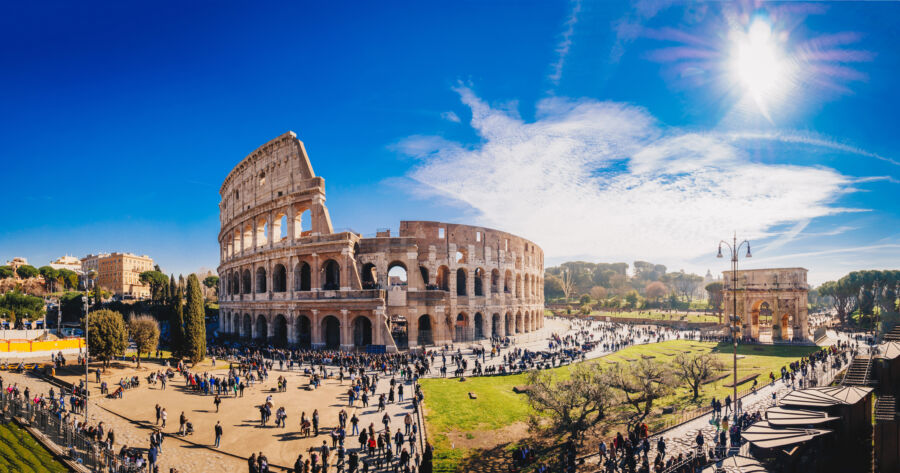
These common questions explore the practical differences between visiting Palermo and Rome, from living costs and cultural experiences to weather patterns and must-see attractions.
What are the differences in the cost of living between Palermo and Rome?
Living costs in Palermo are 31% lower than in Rome, making it a more budget-friendly choice for travelers and residents alike. Rome’s rental prices are more than double those in Palermo, with a 120% difference in housing costs. Restaurant prices in Rome run about 20% higher than in Palermo, though grocery costs remain similar between the two cities.
When traveling to Italy, is Palermo worth including in the itinerary?
Palermo offers unique Sicilian culture and architecture that can’t be found anywhere else in Italy, making it an excellent addition to any Italian journey. The city’s authentic street markets and Arab-Norman architecture provide experiences quite different from Rome’s classical ruins. Its smaller size means you can explore major attractions in 2-3 days, fitting nicely into a more extended Italian trip.
How does the cultural experience in Palermo contrast with that of Rome?
Palermo’s culture reflects its diverse history, with strong Greek, Arab, and Norman influences in its architecture, food, and traditions. The city maintains a more laid-back, authentically Sicilian atmosphere than Rome’s cosmopolitan energy. Street life in Palermo centers around local markets and neighborhood gatherings, while Rome’s cultural scene focuses more on historical monuments and tourist attractions.
In terms of travel expenses, how do Palermo and Rome compare?
A visit to Palermo typically costs less than Rome, with cheaper accommodation and dining options. Tourist attractions in Palermo tend to have lower entrance fees than Rome’s major sites. Public transportation in Palermo is more affordable, though Rome offers more extensive coverage.
Can one expect significant weather differences between Palermo and Rome?
Palermo enjoys slightly more sunny days than Rome, with 219 hours of sunshine during spring compared to Rome’s 204 hours. Rome receives more rainfall, with 50mm in April versus Palermo’s 37mm. Due to its southern location, the Sicilian climate tends to be warmer and drier throughout the year.
What are the unique historical attractions in Palermo compared to those in Rome?
Palermo showcases stunning Arab-Norman architecture, including the Cathedral and Palazzo dei Normanni, distinct from Rome’s ancient Roman sites. The Capuchin Catacombs offer a different historical experience from Rome’s famous catacombs. While Rome features classical ruins, Palermo’s historical sites blend multiple cultural influences from various ruling civilizations.
